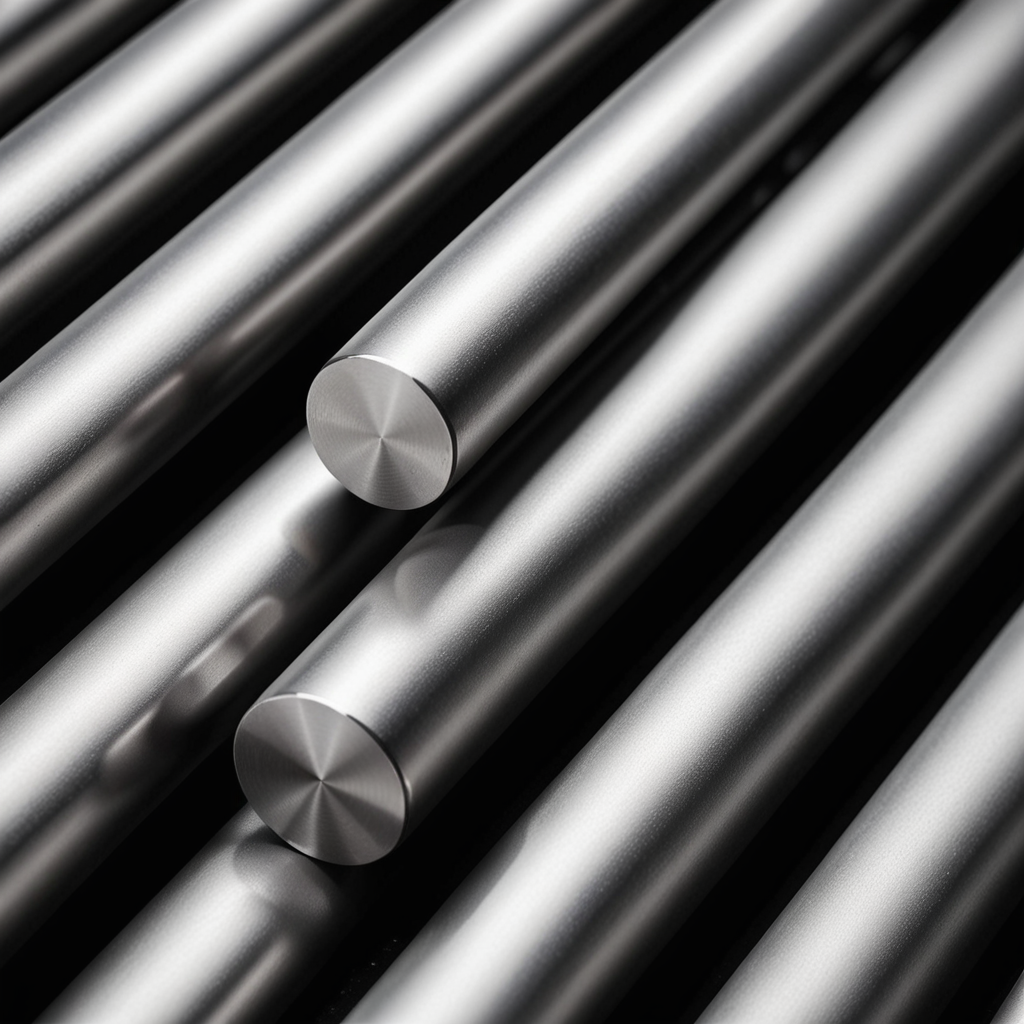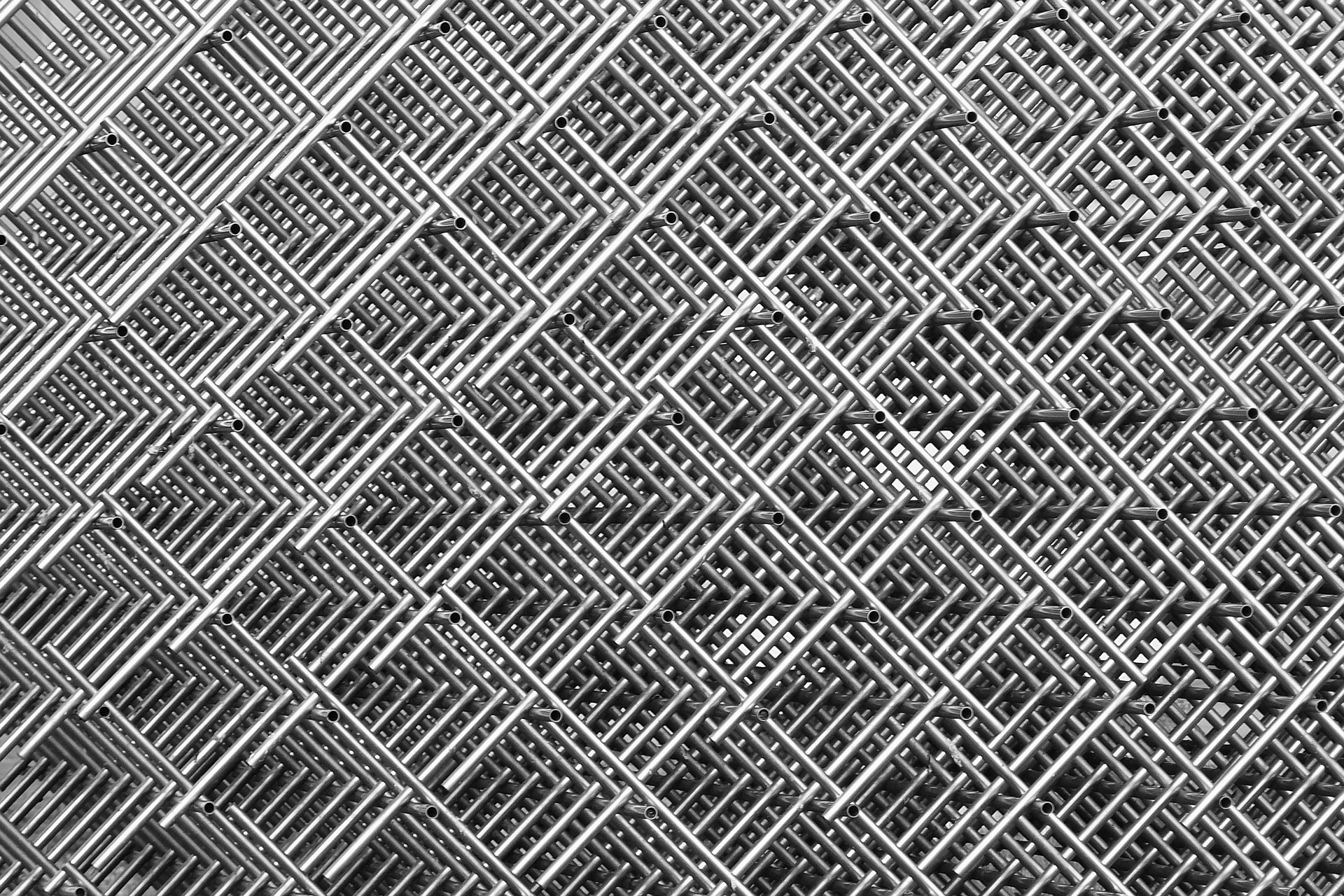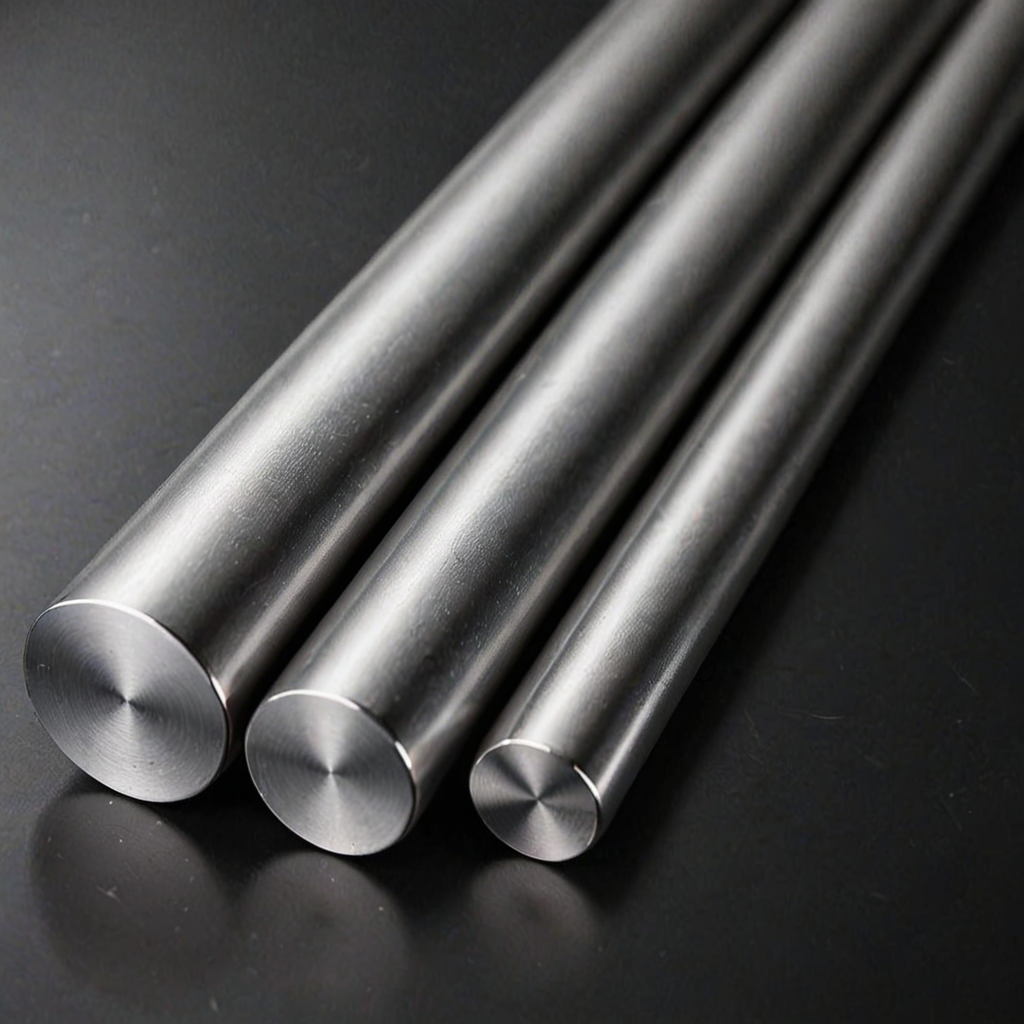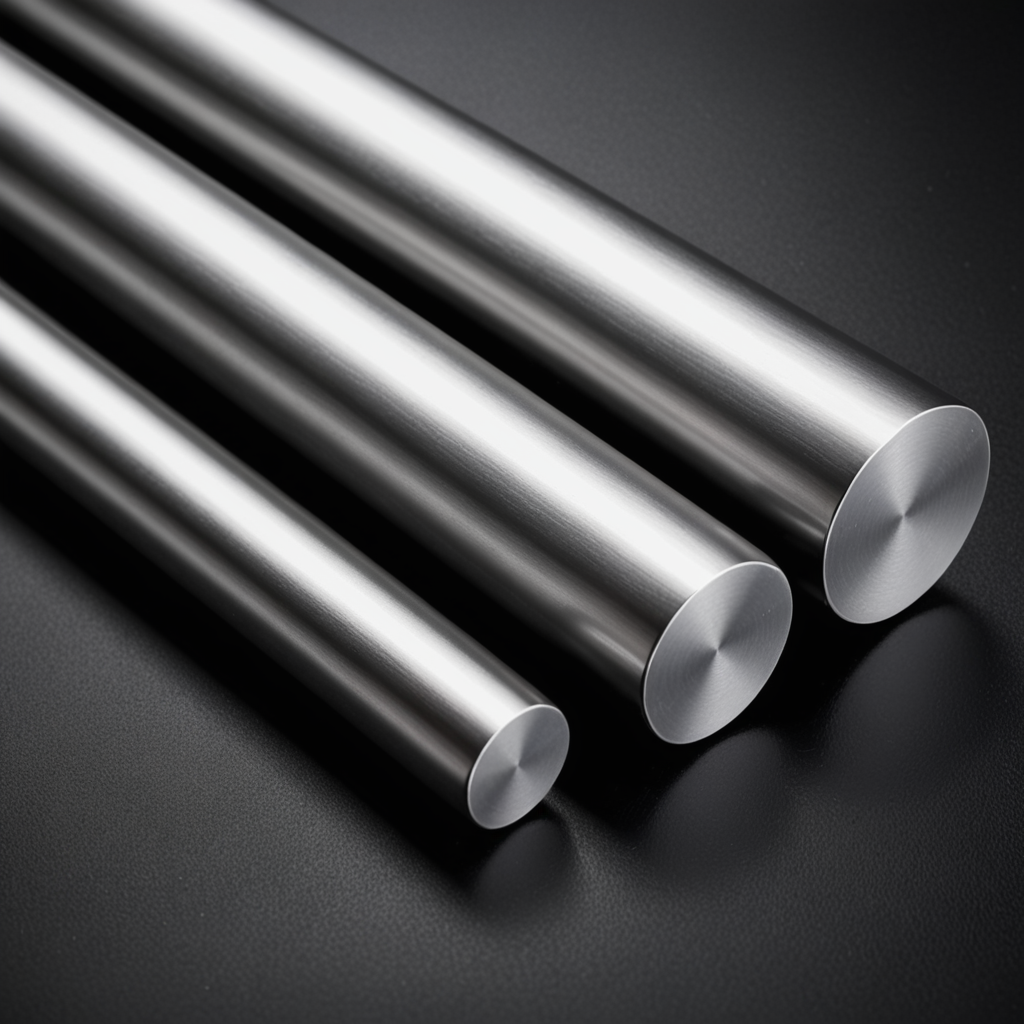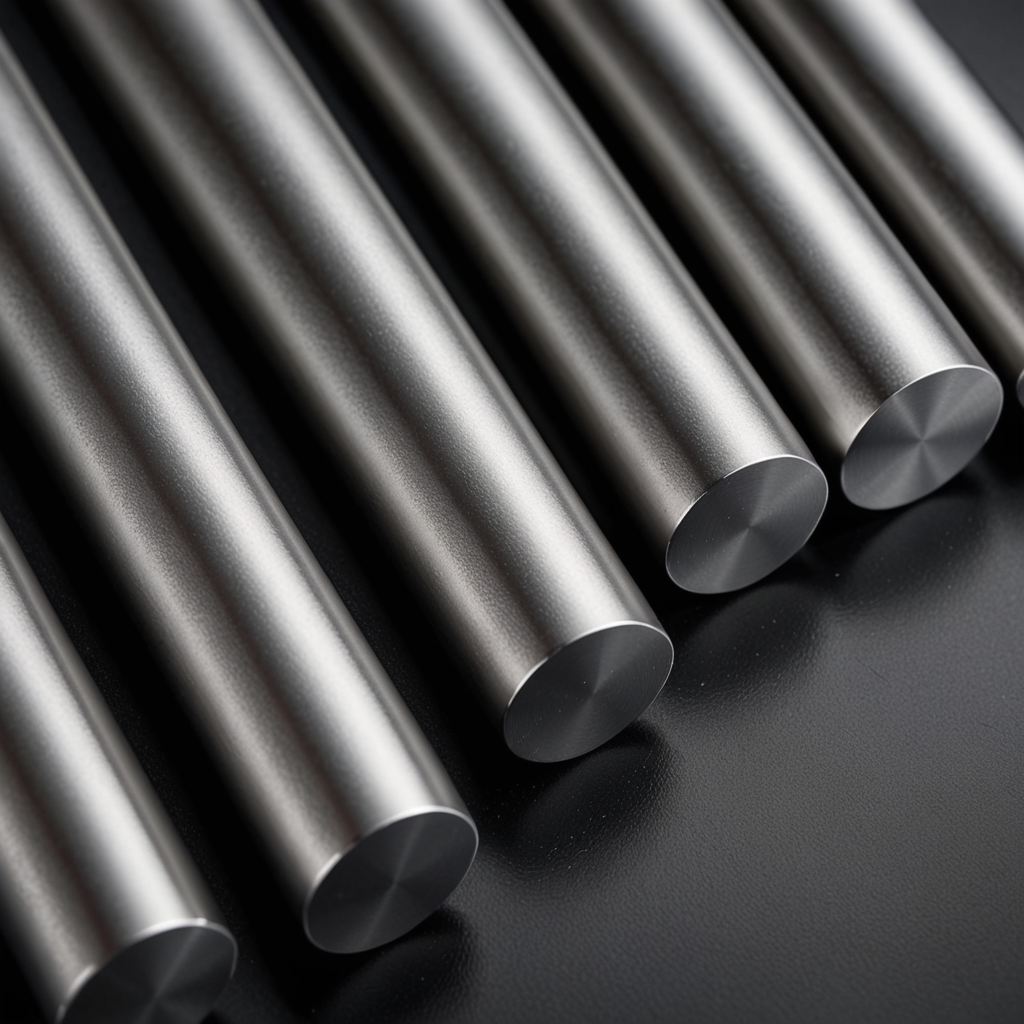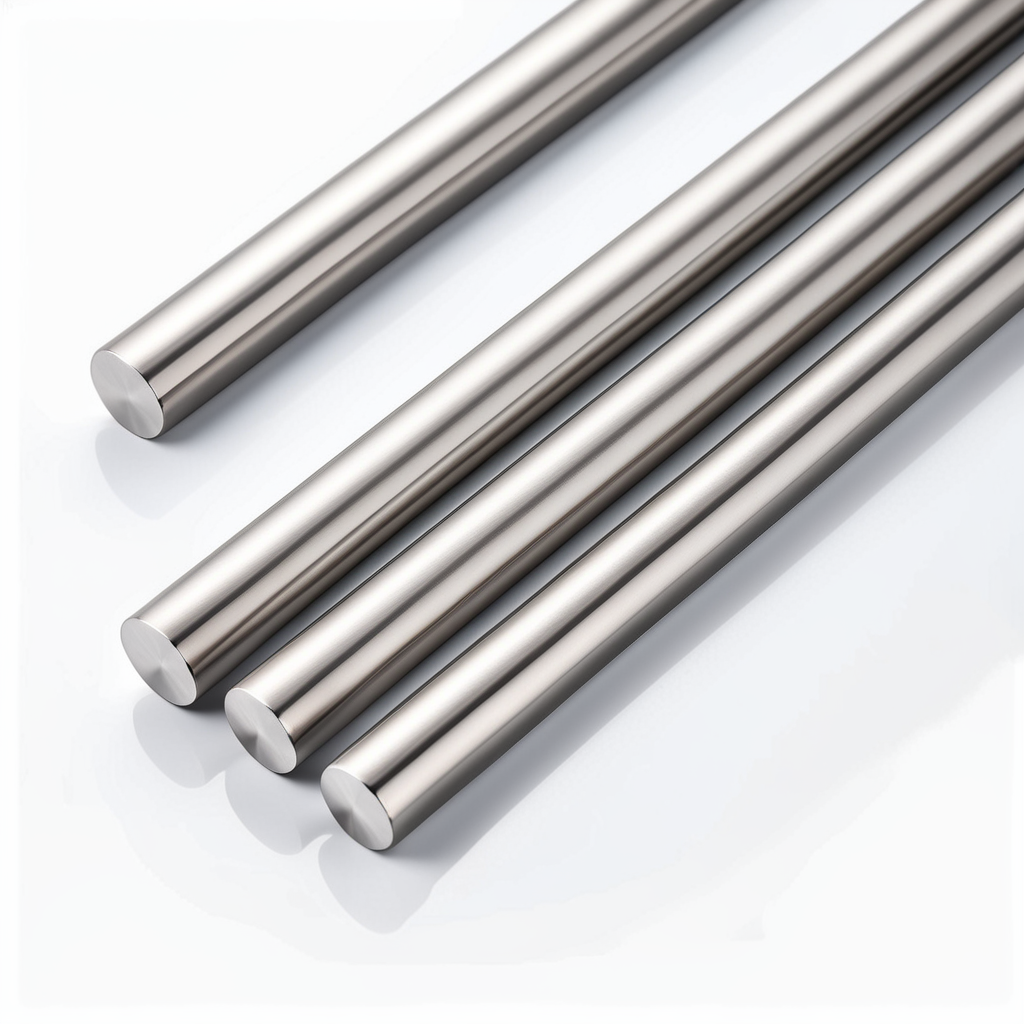303 stainless steel is known for its excellent machinability, making it a preferred material for precision parts. However, improper machining techniques can lead to tool wear, surface defects, and dimensional inaccuracies. In this article, we’ll explore the most common machining mistakes and how to avoid them.
Common Mistakes and Solutions
| Mistake | Cause | Solution |
|---|---|---|
| Excessive Tool Wear | High cutting speeds and improper tooling | Use carbide or coated tools, optimize feed rate |
| Poor Surface Finish | Incorrect feed rate or tool geometry | Use sharp tools, adjust cutting parameters |
| Work Hardening Issues | Low cutting speeds, dull tools | Increase speed, use appropriate coolant |
| Chip Control Problems | Long, stringy chips causing blockages | Use chip breakers, adjust feed rate |
| Dimensional Inaccuracy | Thermal expansion, machine vibration | Use proper clamping, control cutting heat |
| Weldability Issues | High sulfur content reducing fusion | Use special welding techniques if needed |
Detailed Solutions for Each Issue
1. Excessive Tool Wear
303 stainless steel contains sulfur for improved machinability, but it also accelerates tool wear if cutting speeds are too high. To avoid this:
- Use carbide or coated cutting tools to extend tool life.
- Optimize the cutting speed and feed rate to prevent overheating.
2. Poor Surface Finish
A rough surface finish can result from incorrect feed rates or improper tool geometry. To improve finish:
- Use sharp cutting tools with the correct rake angle.
- Adjust the feed rate and depth of cut to achieve a smoother finish.
3. Work Hardening Issues
303 stainless steel can harden if not machined correctly, making further cutting difficult. To prevent work hardening:
- Maintain high cutting speeds and deep enough cuts to avoid rubbing.
- Use coolants to reduce heat buildup and minimize hardness increase.
4. Chip Control Problems
303 stainless steel produces long, stringy chips that can clog machines. To handle this:
- Use chip breakers on cutting tools to break chips into smaller pieces.
- Adjust feed rates and cutting speeds to optimize chip formation.
5. Dimensional Inaccuracy
Thermal expansion and machine vibration can lead to inaccurate part dimensions. To maintain precision:
- Use rigid clamping systems to prevent movement during machining.
- Control cutting heat using coolants to minimize expansion effects.
6. Weldability Issues
Due to its high sulfur content, 303 stainless steel is not ideal for welding. If welding is required:
- Use special welding techniques, such as TIG welding with filler metals.
- Consider using alternative stainless steel grades, like 304, if welding is essential.
By understanding and avoiding these common mistakes, you can improve machining efficiency, reduce tool wear, and achieve higher precision when working with 303 stainless steel bars. Proper tool selection, cutting speed optimization, and chip control are key to successful machining.
For high-quality 303 stainless steel bars, contact Tongyi Metal to ensure precision and consistency in your manufacturing process!


